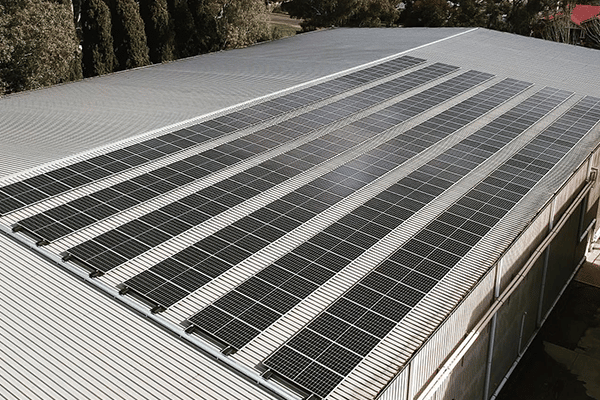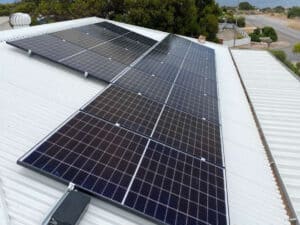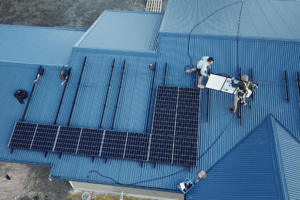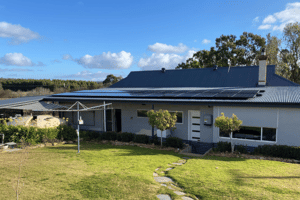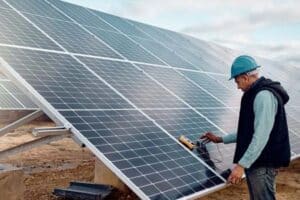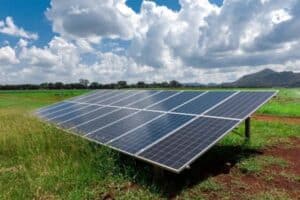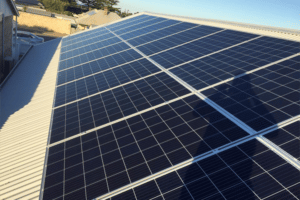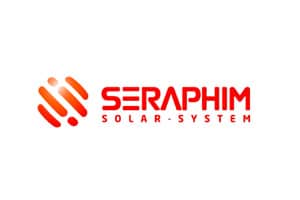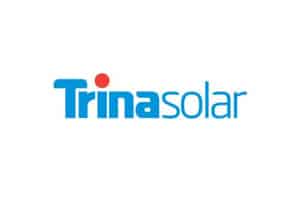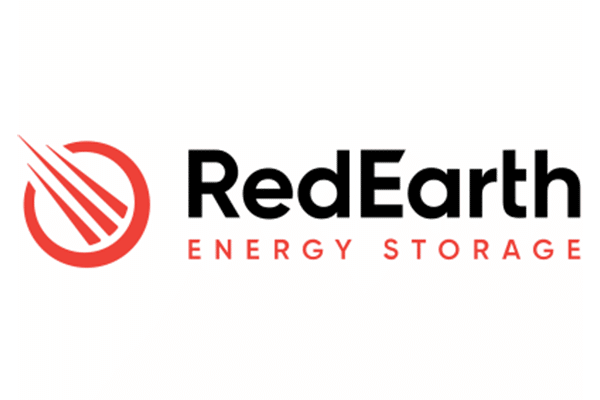Australia is blessed with an abundance of sunshine, making it an ideal place to harness solar energy. Installing solar panels is not only a wise investment for your home, but it also contributes to a more sustainable future. In this comprehensive guide, we will walk you through the process of solar panel installation in Australia, from choosing the right system to understanding the costs and benefits.
Choosing the Right Solar System for Your Home
Before you dive into solar panel installation, it’s essential to select the right system for your needs. Here are some factors to consider:
1. Your Energy Consumption
Start by assessing your household’s energy consumption. You can do this by reviewing your electricity bills and understanding your daily usage patterns. This will help you determine the appropriate size of the solar system.
2. Roof Space and Orientation
Consider the available space on your roof and its orientation. North-facing roofs are ideal for solar panel installation in Australia, as they capture the most sunlight. However, east or west-facing roofs can still provide significant energy generation.
3. Budget
Solar systems come in various sizes and price points. Establish a budget to help you find a system that meets your energy needs without breaking the bank. Remember, a solar system is a long-term investment that can save you money over time.
Understanding Solar System Components
A typical solar system consists of several key components:
- Solar panels: These are the heart of the system, converting sunlight into electricity.
- Inverter: This device converts the direct current (DC) generated by the solar panels into alternating current (AC) suitable for use in your home.
- Solar battery (optional): A solar battery stores excess solar energy for use during peak demand periods or when there is no sunlight.
- Mounting system: This supports and secures the solar panels to your roof.
- Monitoring system: This allows you to track your solar system’s performance and energy production.
Solar Panel Installation Process
Now that you understand the basics of solar systems, let’s discuss the installation process:
1. Research and Compare Solar Providers
Start by researching and comparing solar providers in your area. Read reviews, ask for recommendations, and request multiple solar quotes to ensure you find a reliable and experienced installer.
2. Obtain Necessary Permits
In some areas, you may need to obtain permits for solar panel installation. Your solar provider should be able to guide you through this process and handle any paperwork on your behalf.
3. Schedule the Installation
Once you have selected a solar provider and obtained the necessary permits, schedule the installation. The process typically takes one to two days, depending on the size of the system and the complexity of the installation.
4. Connect to the Grid
After the installation is complete, you may need to have your system inspected and connected to the grid. Your solar provider should coordinate with your utility company to ensure a smooth connection process.
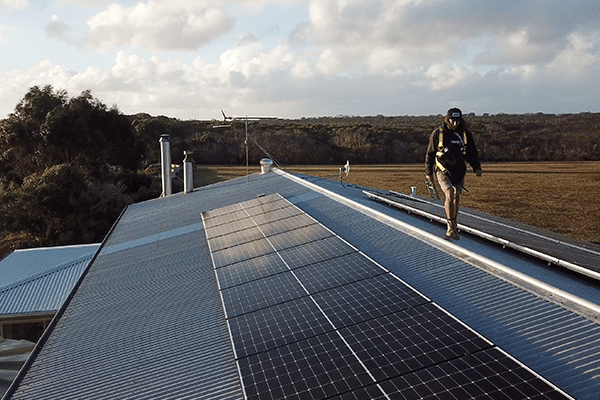
Costs and Benefits of Solar Panel Installation
Solar panel installation requires an upfront investment, but the benefits can far outweigh the costs:
- Lower energy bills: By generating your own solar power, you can significantly reduce your electricity bills.
- Feed-in tariffs: In some cases, you can earn money by selling excess solar energy back to the grid.
- Increased property value: A solar system can increase the value of your home, making it more attractive to potential buyers.
- Reduced carbon footprint: By using solar energy, you are reducing your reliance on fossil fuels and decreasing your carbon footprint, contributing to a more sustainable future.
Government Incentives and Rebates
To encourage the adoption of solar energy, the Australian government offers various incentives and rebates:
- Small-scale Renewable Energy Scheme (SRES): Under this scheme, eligible households can receive Small-scale Technology Certificates (STCs) for installing solar systems. These certificates can be traded for a discount on your solar system’s upfront cost.
- Feed-in Tariffs (FiTs): Some states and territories offer feed-in tariffs that provide financial incentives for feeding excess solar energy back into the grid. These tariffs vary by region, so check with your local government to see what’s available in your area.
- State and Local Government Incentives: In addition to federal incentives, some state and local governments may offer additional rebates or subsidies for solar panel installation. Visit your state or territory’s energy department website for more information.
Maintaining Your Solar System
To ensure your solar system performs optimally, it’s essential to keep it well-maintained. Here are some tips for maintaining your solar panels:
- Clean your solar panels: Dust, dirt, and bird droppings can accumulate on your solar panels, reducing their efficiency. Clean them regularly (or hire a professional) to keep them working at their best.
- Monitor your system: Keep an eye on your system’s performance using the monitoring system provided by your installer. This will help you detect any potential issues early on.
- Schedule regular inspections: Have a professional inspect your solar system every few years to check for any issues, such as loose connections, damaged panels, or inverter problems.
- Trim surrounding vegetation: Ensure trees and other vegetation don’t block sunlight from reaching your solar panels. Trim any branches or foliage that may cast shadows on your panels.
Conclusion
Investing in solar panel installation is a smart choice for Australian homeowners, offering numerous financial and environmental benefits. By selecting the right solar system for your needs, working with a reputable solar installer, and taking advantage of government incentives, you can enjoy lower energy bills and contribute to a more sustainable future.

